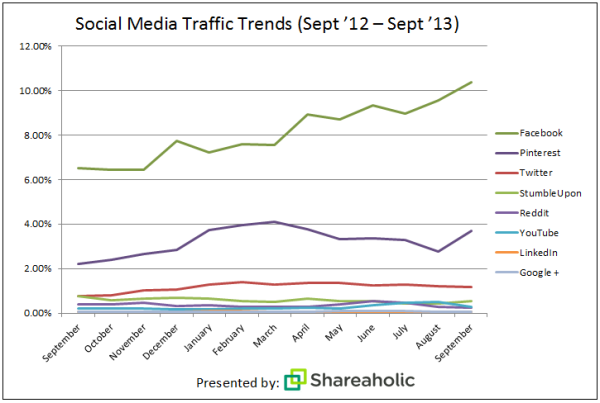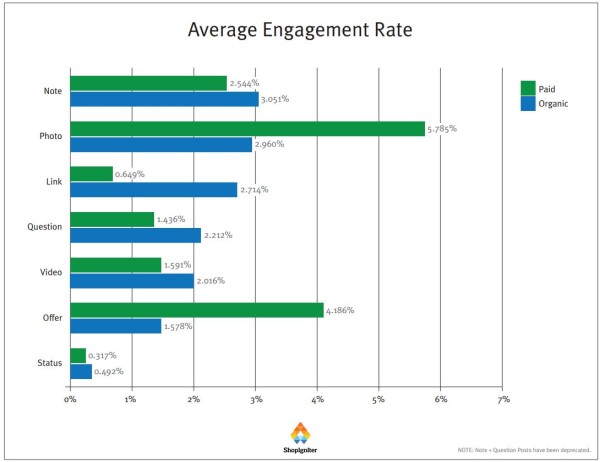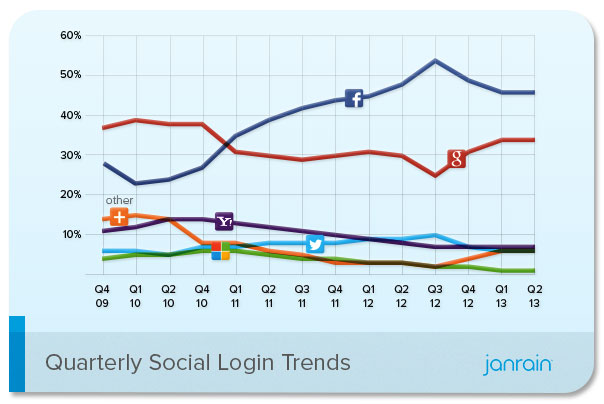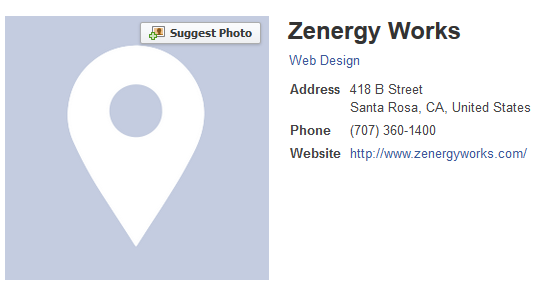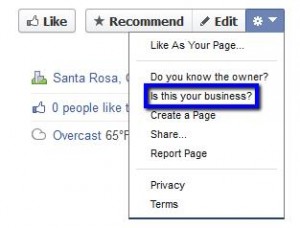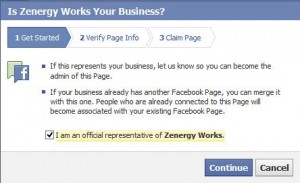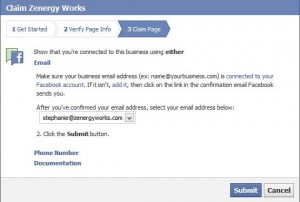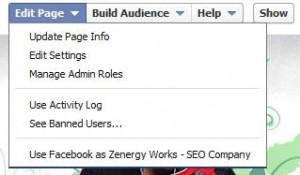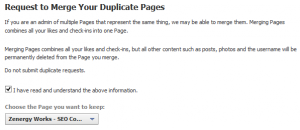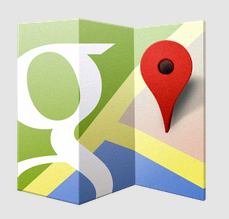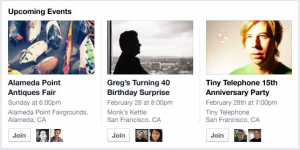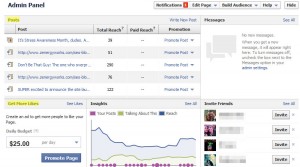Study: Facebook, Twitter, and Pinterest Send More Referral Traffic Than Google+
Shareaholic released an annual report highlighting social media traffic trends for the period from September 2012 through September 2013.
According to this study, Google+ has driven less than one-tenth of one percent (> 0.1%) of all referral traffic to its publishers over the past year. The top three referring sites over the past year were Facebook, with 8.11% of referrals; Pinterest’s was 3.24% and Twitter’s was 1.17% compared to Google+’s 0.06%.
The study also measured the growth of the social media platforms as referral sources over the same period and found that Google + was at just 6.97 % compared to (58.81%), Pinterest (66.52 %), Twitter (54.12%) and YouTube (52.86%).
Study: Over 50% of Engagement on Facebook Posts from Mobile Devices
ShopIgniter did a study encompassing more than 2,000 posts with 2 billion impressions in the first 6 months of 2013. The study revealed that 51.4% of engagement on Facebook posts was from mobile devices and the average conversion rate from Facebook traffic was 4.4%.
The engagement rates of different post types was also tracked, and showed surprisingly high numbers for paid posts for photos (5.785%) and offers (4.186%). Unlike search engine users, Facebook users seem to not mind sponsored posts. The full report is available at ShopIgniter.
Google: Responsive Design Does Not Technically Give Your Site a Rankings Boost
Even though Google does officially recommend responsive as the approach to going mobile, John Mueller of Google states that having a responsive design doesn’t give you more of a ranking boost than using either of the other two accepted approaches to smartphone optimized sites.
The key however, is that Google does not favor non-mobile friendly smartphone sites in rankings.
Google’s John Mueller said:
“No. Google currently doesn’t differentiate sites like that.
You may see indirect effects (smartphone users liking your responsive site and recommending it to others), but we don’t use that as a ranking factor. We are starting to use common configuration errors to adjust the rankings in smartphone search results though.”
Bottom Line: Google might have taken a little bit of a hit on this week’s review, between backing off of its clear endorsement of Responsive Design, if only a little bit, and finding that the naysayers who have said all along that users are creating Google+ sites because Google makes them as part of Google Local Listings may be right. Facebook comes through with shining marks on sponsored information that does not seem to “put off” users and gives a very targeted, effective platform for advertisers.
Eric Van Cleave is a Partner in Zenergy Works, a Santa Rosa, California Online Marketing, SMO and SEO Company.

